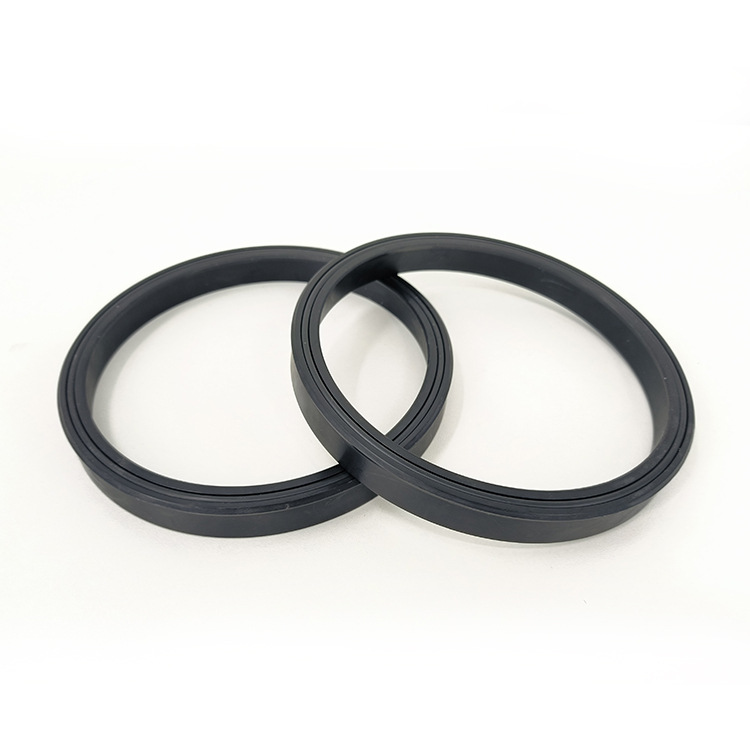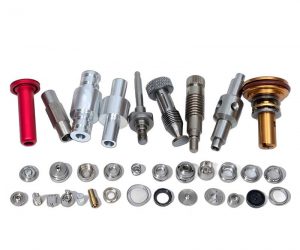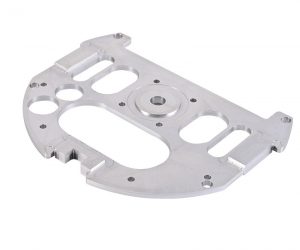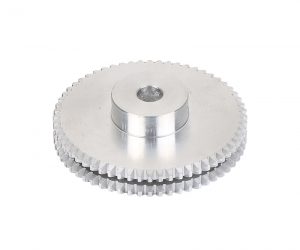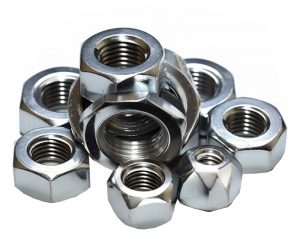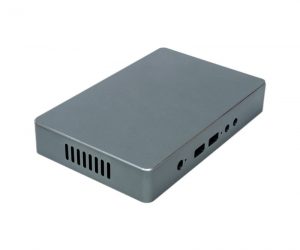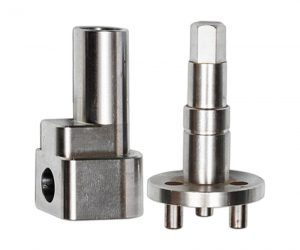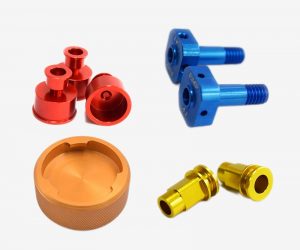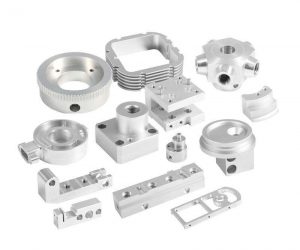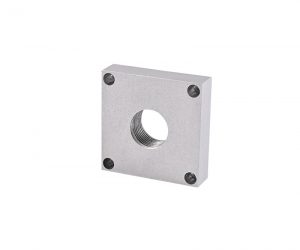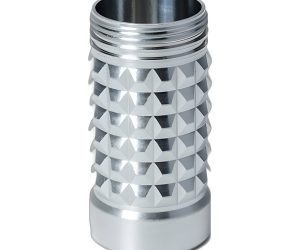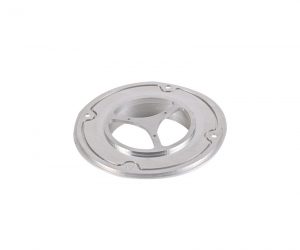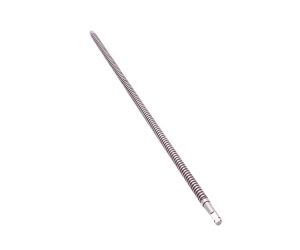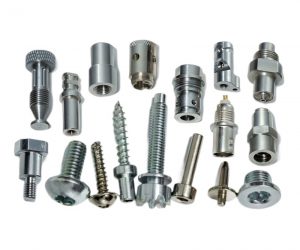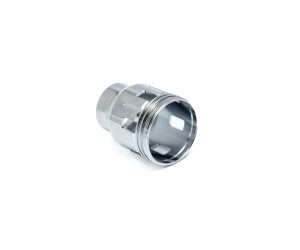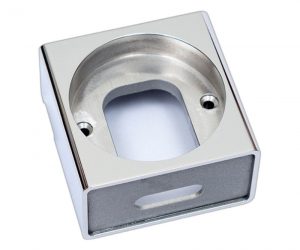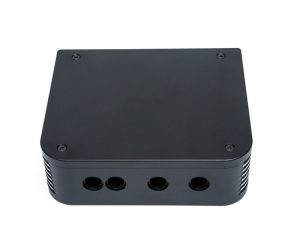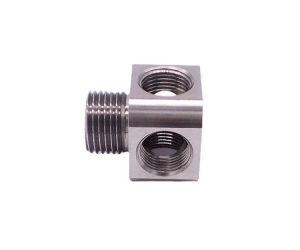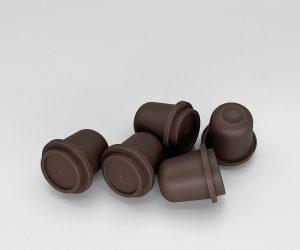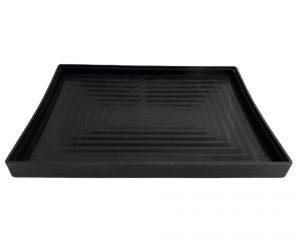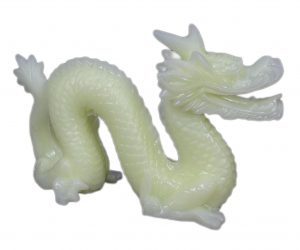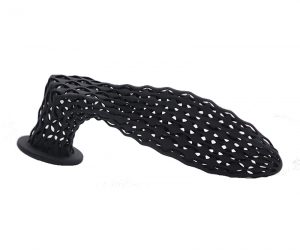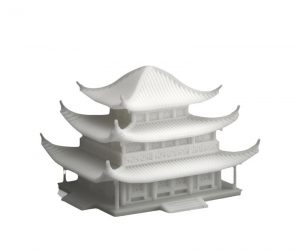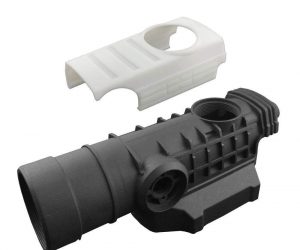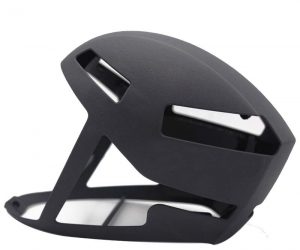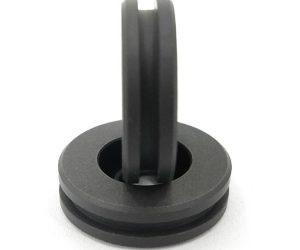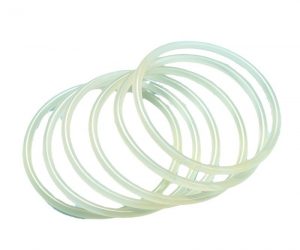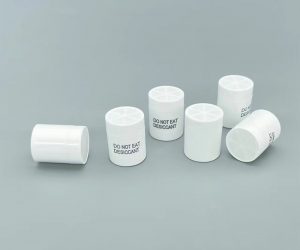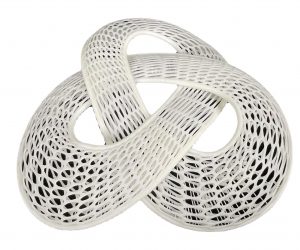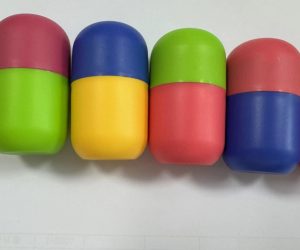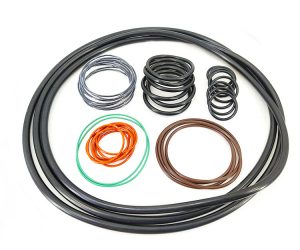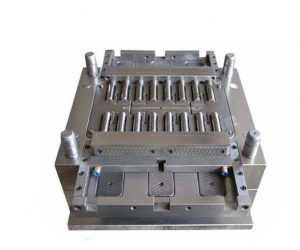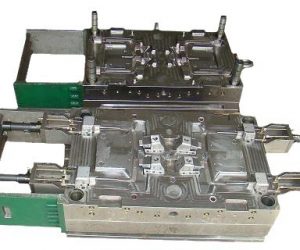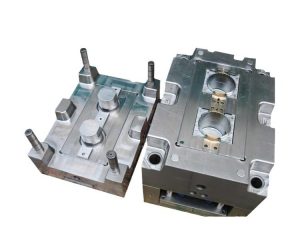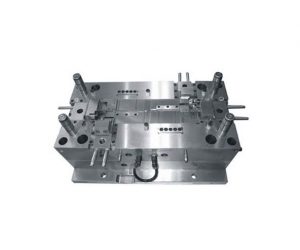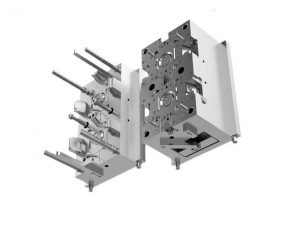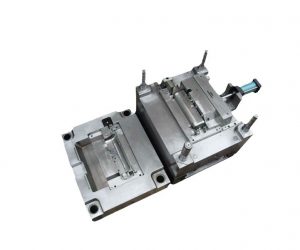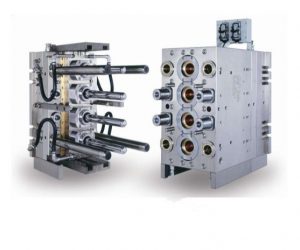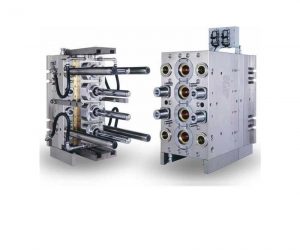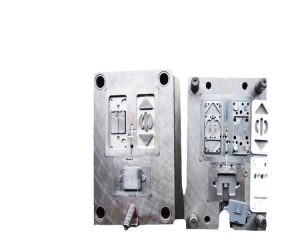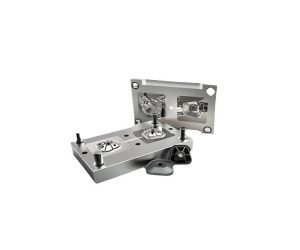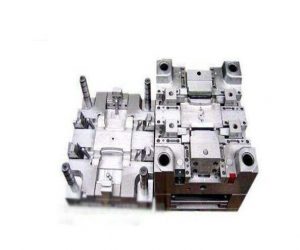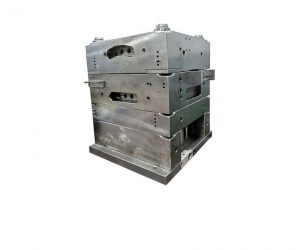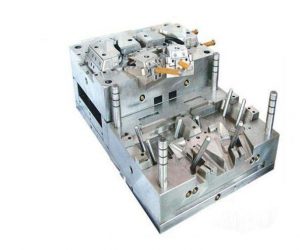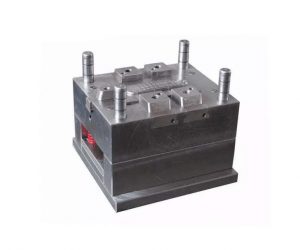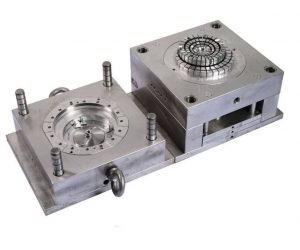Dive into the awesome world of turning, where artists and engineers come together. It’s all about using a special tool to carve out materials from a spinning piece. This old-school method has gone high-tech, giving us super precise parts for lots of different jobs across many industries.
I. Introduction: The Essential Role of Turning in Manufacturing Services
Turning service is this cool, old-school manufacturing process that’s been key in making really precise parts for loads of different industries. It works by taking a tool to cut material off a spinning workpiece, and thanks to tech improvements, it’s now super accurate, efficient, and versatile. Whether we’re talking about intricate designs or mass-producing uniform parts, turning service has got it covered.
As manufacturing continues to transform with the introduction of advanced digital technologies, a growing focus on sustainability, and changing customer demands, the turning service industry remains an essential pillar of modern production. Its unique artistry, engineering excellence, and operational efficiency are unmatched in the world of subtractive manufacturing.
II. Fundamentals of Turning: Understanding the Lathe and Its Operations
Right smack of the turning service world, there’s the lathe. It’s this really fancy and super flexible machine that’s the star player in this unique kind of manufacturing process where they carve stuff out. By spinning a piece of work at a perfectly controlled speed, the lathe enables expert operators to use a cutting tool to trim off material from the part. They shape it exactly how they want it, with amazing accuracy and consistency every single time.
Key Components and Mechanics of a Lathe
The modern lathe is a complex and highly engineered machine, comprising a number of critical components that work in harmony to facilitate the turning process. These key elements include:
- The headstock: Responsible for rotating the workpiece at the desired speed and torque.
- The tailstock: Provides support and additional functionality for the workpiece during the turning operation.
- The carriage: Moves the cutting tool along the axis of the workpiece, controlling the depth of cut and the rate of material removal.
- The tool post: Holds the cutting tool in the precise position and orientation required for the turning operation.
- The bed: Provides a stable and rigid foundation for the lathe's moving components.
By mastering the intricate interplay of these various subsystems, turning service professionals are able to harness the full potential of the lathe, unlocking unparalleled levels of accuracy, efficiency, and versatility in the production of a wide range of components and parts.
III. Material Selection: Optimal Choices for Turning Applications
The success of any turning service operation is heavily dependent on the careful selection and utilization of the appropriate workpiece materials, each of which offers a unique set of physical, chemical, and mechanical properties that must be carefully considered to ensure the production of high-quality, fit-for-purpose components.
Common Materials Used in Turning Services
The turning service industry commonly works with a diverse array of materials, including:
- Metals: Such as steel, aluminum, brass, and stainless steel, which are valued for their strength, durability, and machinability.
- Plastics: Including a wide range of thermoplastics and engineering polymers, which offer design flexibility and cost-effectiveness.
- Composites: Comprising a combination of materials, such as carbon fiber or fiberglass reinforced polymers, which combine exceptional strength-to-weight ratios with precise machining capabilities.
By carefully analyzing the specific requirements of each turning application, from the desired surface finish and dimensional tolerances to the operational conditions and end-use requirements, turning service professionals are able to select the optimal material and employ specialized techniques to ensure the consistent production of high-quality parts.
IV. Tooling and Cutting: The Edge Technology in Turning Services
The key to a successful turning service is picking the right tools and using them smartly. These tools are essential for making sure the final product is top-notch, efficient, and works well. Everything from the exact shape and materials of the cutting edges to special coatings and treatments that make them last longer all matters.
Advanced Cutting Tool Materials and Coatings
The turning service industry has benefited greatly from the development of cutting-edge tool materials and coatings, which have enabled the production of components with unprecedented levels of precision, surface finish, and wear resistance. Some of the most advanced tool materials and coatings used in turning services include:
- Carbide: A hard, wear-resistant material that offers exceptional cutting performance and edge retention.
- Ceramic: Offers excellent heat and wear resistance, allowing for higher cutting speeds and improved productivity.
- Polycrystalline diamond (PCD): Provides unparalleled hardness and wear resistance for the machining of abrasive materials.
- Titanio aluminum nitride (TiAlN) coatings: Enhances tool life and performance through improved heat and abrasion resistance.
By carefully selecting and maintaining the optimal cutting tools for each turning application, turning service professionals are able to unlock new levels of efficiency, quality, and cost-effectiveness in their manufacturing operations.
V. Precision Turning: Techniques for High-Tolerance Machining
Precision turning is like the top of the hill in the machining world. It’s where super advanced tools, special cutting gears, and really talented operators come together to make parts that are incredibly precise. These parts are used for making complicated medical stuff and aerospace bits, with perfect measurements and smooth finishes.
Making super-accurate parts for industry is now super important, thanks to the turning service sector. This area has really helped push innovation and technology forward in tons of different fields.
Specialized Turning Techniques for High-Tolerance Machining
The pursuit of precision in turning services has given rise to a number of specialized techniques and methodologies, each designed to address the unique challenges and requirements of high-tolerance machining. These advanced turning approaches include:
- Microturn ing: The fabrication of parts with features in the micron range, requiring the utmost care and attention to detail.
- Swiss-type turning: The use of a sliding headstock lathe to produce small, complex parts with exceptional accuracy and surface finish.
- Hard turning: The machining of hardened workpieces, often as a replacement for traditional grinding operations.
- Superfinish turning: The application of specialized cutting tools and finishing techniques to achieve mirror-like surface finishes.
By mastering these and other advanced turning techniques, turning service professionals are able to push the boundaries of what is possible in subtractive manufacturing, delivering components that meet or exceed the most stringent performance and quality standards.
VI. Design for Turning: Engineering Parts for Efficient Subtractive Manufacturing
Making any turning service operation successful really hinges on carefully designing and engineering the parts that need to be made. You’ve got to think about what the turning process can and can’t do to make sure you get high-quality, affordable components. Working closely with customers and using their deep knowledge of subtractive processes helps a lot too.
When it comes to making stuff, these turning service pros are like design superheroes. They give you awesome advice on how to make your parts look and work better. They figure out the best materials and ways to put everything together so your finished product is top-notch and does its job really well.
Design Considerations for Turning Services
When designing parts for turning services, there are several key factors that must be taken into account to ensure the successful and efficient fabrication of the component, including:
- Part geometry: The shape and features of the workpiece must be compatible with the capabilities of the turning process.
- Material selection: The choice of material must be optimized for the turning application, considering factors such as machinability, strength, and cost.
- Tolerances and surface finish: The required dimensional accuracy and surface quality must be achievable through the turning process.
- Accessibility and clearance: The design must facilitate efficient tool access and component handling during the turning operation.
- Part orientation: The orientation of the workpiece on the lathe can have a significant impact on the overall machining efficiency and part quality.
By collaborating closely with their customers and applying their deep expertise in subtractive manufacturing principles, turning service professionals are able to provide invaluable design guidance and engineering support, ensuring the production of high-quality, cost-effective components that meet or exceed the performance requirements of their end-use applications.
VII. Quality Assurance: Maintaining Excellence in Turned Parts
The success of the turning service industry really comes down to their commitment to making sure everything is top-notch. Manufacturers go all out with inspections, tests, and verifications to ensure that every part they make meets or even exceeds the highest performance and safety standards. They meticulously check material properties and the dimensions of each component, and then thoroughly evaluate the complete assemblies. This dedication to quality control shows just how committed the turning service sector is to excellence and keeping their customers happy.
Advanced Metrology and Inspection Techniques
You know, the way we’re checking quality in the turning service world is always getting better, thanks to these awesome new tools. We’ve got super-fancy machines for measuring things precisely and cool scanning tech that lets makers make sure their parts are spot on. And it’s not just about high-tech gear either – we’re using smart sensors that watch the process in real time too. It’s all part of making sure every single bit we send out is top-notch, meeting or even beating the toughest rules out there.
VIII. Industrial Uses: Sectors That Rely on Turning Services
So, here’s the scoop: the turning service industry is pretty vital for innovation and tech progress across all sorts of fields. Think aerospace, automotive, medical, and consumer electronics. They supply super-precise, top-notch parts that keep our modern world running smoothly. These folks are now essential partners for manufacturers and innovators who are always looking to push the limits in subtractive manufacturing.
Turning Services in the Aerospace Industry
The aerospace industry really depends on the turning service biz for making all sorts of key parts, like engine pieces, landing gear, and even those tiny but essential fasteners. This super accurate and tough manufacturing method has been a game-changer in developing better, more reliable planes. By using this technique, manufacturers can keep pushing the boundaries with new tech and make sure their aircraft meet all the high standards and safety rules we expect today.
IX. Sustainability: Eco-friendly Practices in Turning Operations
as people all over the world start to really care about how our factories and stuff affect the environment, there’s been a big push for the turning service industry to step up its game. This means using better tools and smarter ways to cut materials, figuring out how to recycle everything we can, and even using renewable energy sources. Basically, this industry is leading the charge towards making manufacturing more eco-friendly and responsible for the planet.
Circular Economy and the Turning Service Industry
Producers are now on a mission to cut down on wastage, make the most out of every resource, and lighten their load on the planet. They’re doing it by recycling metal and plastic materials, tweaking production processes that guzzle a lot of energy, and bringing in top-notch waste management tech. This shift is all about creating a future where the bits and pieces that fuel our lives can be used again and again in manufacturing. It’s like giving nature a break and helping to soften the blow of industry on our surroundings. Pretty awesome, right?
X. Economic Perspectives: Cost Efficiency in Turning Services
The turning service industry is huge for the world economy. It makes billions of dollars a year and helps millions of people have jobs in many different areas, from making things to research and development. As more and more people want high-quality, custom-made parts, the importance of these services just keeps growing. This helps both the economy and tech innovation. So, this special way of making things by removing material is now super important in today’s industries.
The Turning Service Supply Chain and Its Global Reach
The turnery biz is backed by a massive and supply chain. Manufacturers, suppliers, and logistics folks from all over the globe team up to smoothly get precision machined parts everywhere they need to go. Thanks to international trade, top-notch transport and logistics systems, and the know-how of turning service pros across the planet, this industry keeps getting better at innovating, boosting efficiency, and keeping up with what customers want. It’s now a key part of our economy and essential for modern manufacturing.
XI. Innovation in Turning: Cutting-edge Advancements and Future Possibilities
the whole world of turning services is always changing, right? It’s got to keep up with new tech, different customer needs, and changing rules. As manufacturing shifts all over the globe, trends like using cool digital tools, going greener in production, and really focusing on making stuff just the way customers want it.
The Impact of Automation and Digital Transformation on Turning Services
something really big is happening in the turning service world – they’re mixing up all kinds of cool tech like super smart automation and digital stuff. We’re talking about using fancy CNC lathes and robots to handle materials, along with some seriously clever data platforms and even that 3D printing magic. All this high-tech gear is helping them make things faster, better, and more accurately than ever before.
And guess what? This tech keeps getting even more awesome. The whole turning industry is on the front lines of making old-school manufacturing way more modern and digital. It’s pretty exciting stuff!
XII. Conclusion: Turning Service – A Timeless Manufacturing Craft Revitalized by Modern Technology
The turning service biz is like a living, breathingThe turning service biz is like a living, breathingmanship and killer engineering skills breathing example of how awesome craftsmanship and killer engineering skills can make things happen. It’s all about being super precise and efficient when you take away material to create what you need. Whether it’s nailing those complicated lathe moves, tweaking cutting tools to perfection, or going digital with the latest tech while keeping things green, these pros are the real MVPs.!
As times keep changing, thanks to cool new tech and a push for greener ways, the turning service industry is super important in keeping things up-to-date. industry promises to stay key in making sure we have all the top-quality parts we need for future gadgets and stuff. This means everything runs better, longer, and more efficiently.
Preguntas frecuentes
1. What are the key components and mechanics of a lathe used in turning services?
The modern lathe is a complex and highly engineered machine, comprising a number of critical components that work in harmony to facilitate the turning process. These key elements include:
- The headstock: Responsible for rotating the workpiece at the desired speed and torque.
- The tailstock: Provides support and additional functionality for the workpiece during the turning operation.
- The carriage: Moves the cutting tool along the axis of the workpiece, controlling the depth of cut and the rate of material removal.
- The tool post: Holds the cutting tool in the precise position and orientation required for the turning operation.
- The bed: Provides a stable and rigid foundation for the lathe's moving components.
By mastering the intricate interplay of these various subsystems, turning service professionals are able to harness the full potential of the lathe, unlocking unparalleled levels of accuracy, efficiency, and versatility in the production of a wide range of components and parts.
2. What are some of the common materials used in turning services, and how do their properties impact the machining process?
The turning service industry commonly works with a diverse array of materials, including metals, plastics, and composites, each of which offers a unique set of physical, chemical, and mechanical properties that must be carefully considered to ensure the production of high-quality, fit-for-purpose components.
3. What are some of the advanced cutting tool materials and coatings used in turning services, and how do they enhance the performance and capabilities of the turning process?
Turning service industry has really taken a leap forward thanks to all the new-fangled tool materials and coatings. They’ve made it possible to make parts that are super precise, have an amazing surface finish, and last a long time without wearing out. Some of the coolest tools and coatings they use now include:
4. How do turning service professionals collaborate with their customers to ensure the optimal design and engineering of parts for efficient subtractive manufacturing?
Titanio aluminum nitN) coatings are pretty nifty for making tool life and performance better. They help resist heat and abrasion, which is awesome. If you pick and keep up the right cutting tools for each job, you can really boost efficiency, quality, and cost-savings in your manufacturing work.
How do the folks in turning services work with their clients to make sure they design and engineer parts that are top-notch for efficient subtractive manufacturing?
The success of any turning service operation really hinges on carefully designing and engineering the parts that need to be made. with high-quality, cost-effective components. Turning service pros work closely with their customers and use their deep knowledge of subtractive manufacturing to give great design advice and engineering support. They fine-tune part designs, pick the best materials, and streamline production workflows to boost efficiency and performance of the final product.
When you’re thinking about designing for turning services, here’s what you need to focus on:
- Shape and Details: The workpiece’s design should fit what the turning process can handle.
- Material Choice: Pick a material that works best for the job when it comes to turning.
- Precision and Finish: Make sure you can get the exact size and surface smoothness you need with the turning method you choose.
5. How is the turning service industry addressing the growing emphasis on sustainability and environmental responsibility in modern manufacturing?
When they team up closely with customers, machiningWhen they team up closely with customers, machining’re producing top-not machining pros can make sure they’re producing top-notch, budget-friendly parts that hit or even go beyond what the final use demands. So how are these machining folks dealing with today’s big push for sustainability and being green in manufacturing?
As we all get more aware of how industrial stuff affects the environment, the turning service business is being asked to help make things more sustainable. This means using better tools and methods for cutting, looking into recycling systems that don’t create waste, and using renewable energy sources. The turning service industry is leading the way in making manufacturing greener and more eco-friendly.
The circular economy has become a big deal in the turning service industry. Producers are all about cutting down on waste, making the most of resources, and shrinking their environmental impact. They’re doing this by recycling metals and plastics, tweaking energy-guzzling production processes for better efficiency, and using top-notch waste management tech. This way, the turning service industry is setting the stage for a greener future where the important parts that keep our world running can be reused and brought back into manufacturing. It’s all about being easier on natural resources and lessening how much industrial activities mess with the environment.
